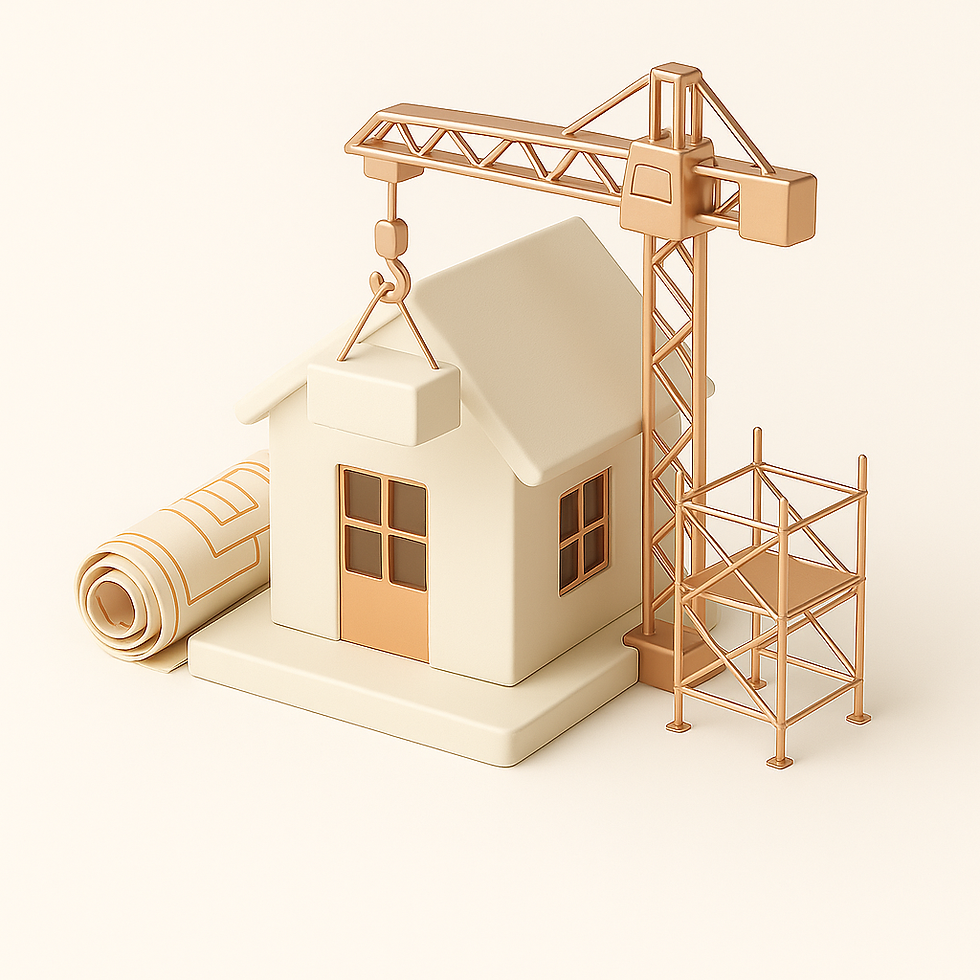Financial Planning for Your Home Extension: A Detailed Guide
- Taha & Co.

- Mar 12, 2024
- 2 min read
Updated: Apr 26
A home extension is an exciting venture that promises to transform your living space. Yet, understanding the financial components of such a project is crucial for smooth execution and peace of mind. Taha & Co. is committed to shedding light on the intricacies of budgeting for an extension, ensuring you’re equipped with the knowledge to make informed decisions. This guide outlines the key cost elements and strategies for managing your extension project's finances.

Understanding the Costs
A successful extension project begins with a clear grasp of the potential expenses involved. Here's a closer look at the main cost drivers:
Design and Permissions
Architectural Design: The complexity and customization of your design play significant roles in determining the overall cost.
Planning and Building Regulations: Navigating the permissions and ensuring your project meets all regulations are essential steps that come with their own set of fees.
Construction Phases
Structural Elements: The materials and methods used for the foundation, walls, and roof are major cost factors.
Windows and Doors: Quality doors and windows are crucial for security, aesthetics, and energy efficiency.
Interiors and Finishing Touches
Electrical and Plumbing: Upgrading these systems to support your new extension is a vital but variable expense.
Heating: Choosing the right heating solution is key to maintaining comfort without increasing costs.
Interior Finishes: The selection of flooring, lighting, and fixtures can greatly impact both the look and the budget of your extension.
Hidden Expenses to Anticipate
Beyond the obvious costs, unforeseen expenses such as challenging site conditions, structural surprises, or alterations to the design plan can affect your budget. Planning for contingencies is wise.
Budgeting Smartly
Early Planning: Finalizing your design before construction starts can help avoid costly changes down the line.
Choosing Materials: Opt for materials that offer the best balance of cost, durability, and aesthetics.
Invest in Efficiency: Energy-efficient features may cost more upfront but lead to savings on utility bills.
Conclusion: Bringing Your Vision to Life
The financial planning for a home extension need not be overwhelming. Armed with the right information and a detailed budget, you can navigate the process confidently. At Taha & Co., we're here to guide you through each step, ensuring your extension is a valuable addition to your home.
Ready to start planning your home extension? Visit our services page for expert guidance tailored to your project's needs.



Comments